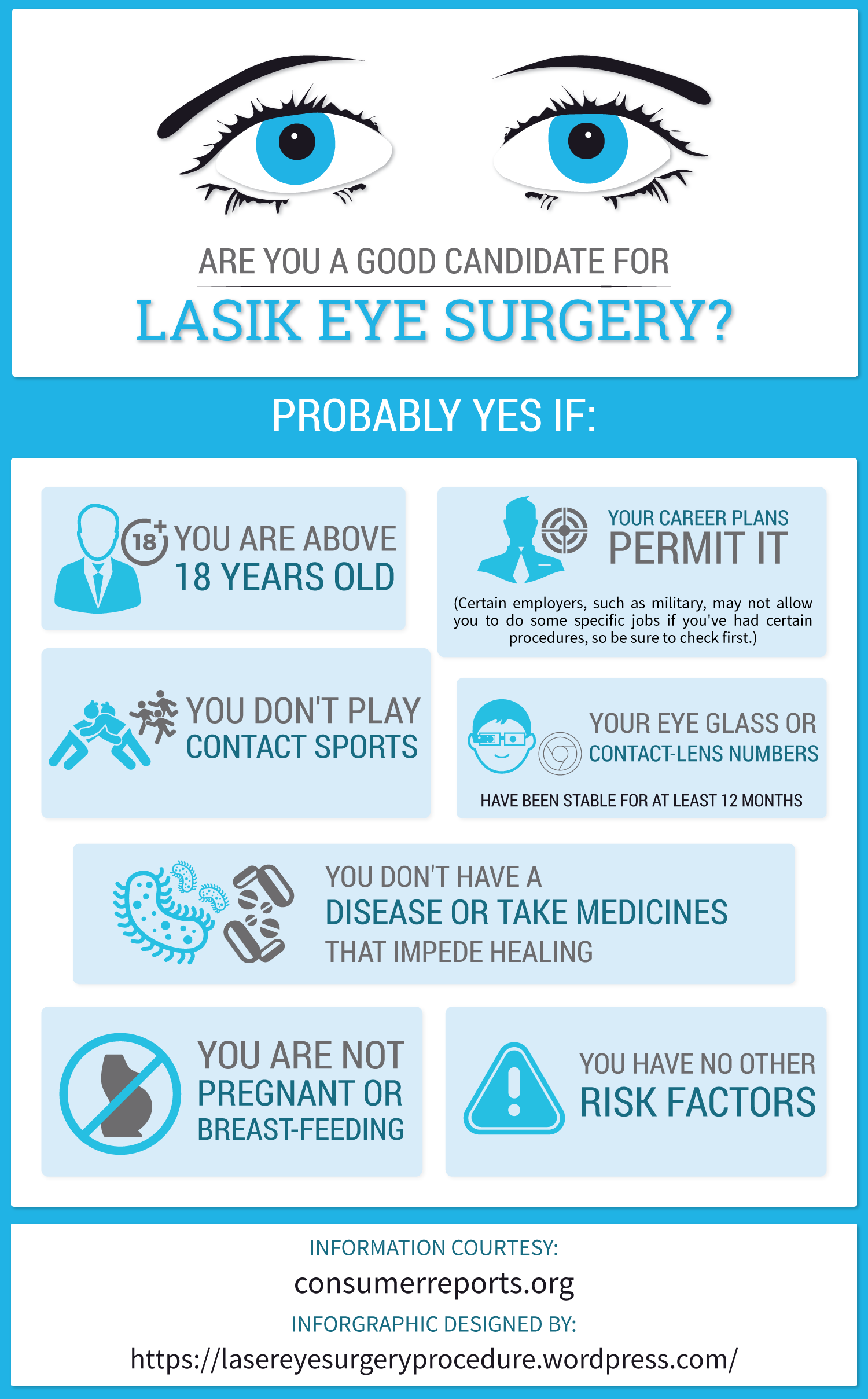A Relative Study Of Traditional Cataract Surgical Treatment And Laser-Assisted Methods: Benefits And Limitations
A Relative Study Of Traditional Cataract Surgical Treatment And Laser-Assisted Methods: Benefits And Limitations
Blog Article
Article Writer-McGraw Duran
When pondering the choice in between standard cataract surgical treatment and laser-assisted methods, you may find yourself weighing the benefits and drawbacks each method offers. The choice surpasses the surface area degree of price and accuracy, diving into the realm of long-term end results and patient contentment. As you navigate via the complexities of these two methods, it comes to be vital to comprehend the nuanced information that can considerably influence your visual clarity and total experience. Stay tuned to discover the critical variables that will assist your decision-making procedure in this critical facet of eye treatment.
Conventional Cataract Surgical Treatment Benefits And Drawbacks
When taking into consideration conventional cataract surgical treatment, you might locate that it's a reputable and widely-used strategy. In this procedure, a doctor makes a small incision in the eye and uses ultrasound to break up the over cast lens prior to removing it. When the cataract is eliminated, a man-made lens is placed to recover clear vision.
One of the major benefits of traditional cataract surgery is its record of success. Lots of people have actually had their vision dramatically improved via this procedure. Additionally, typical surgical procedure is often covered by insurance, making it a more easily accessible alternative for many people.
However, there are some downsides to conventional cataract surgical treatment too. Recovery time can be much longer compared to newer techniques, and there's a somewhat higher danger of problems such as infection or inflammation. Some individuals may additionally experience astigmatism or call for analysis glasses post-surgery.
Laser-Assisted Techniques Advantages And Disadvantages
Exploring laser-assisted techniques for cataract surgical procedure unveils a modern approach that utilizes laser modern technology to do crucial action in the procedure. Among the key advantages of laser-assisted cataract surgery is its precision. The laser enables extremely exact cuts, which can lead to better visual end results. In addition, the use of lasers can minimize the amount of ultrasound power required throughout the surgical treatment, potentially lowering the threat of complications such as corneal damage.
On the disadvantage, laser-assisted techniques can be much more costly compared to standard methods. This expense mightn't be covered by insurance coverage, making it less available to some people.
An additional factor to consider is that not all cataract specialists are trained in laser innovation, which could limit your choices for picking a specialist.
Lastly, while the laser can automate particular elements of the treatment, the surgical procedure still requires a competent surgeon to guarantee effective outcomes.
Comparative Analysis of Both Techniques
For a thorough understanding of cataract surgical treatment techniques, it's essential to perform a comparative evaluation of both standard and laser-assisted techniques.
Typical cataract surgical procedure involves hands-on cuts and the use of handheld devices to separate and eliminate the cloudy lens.
On the other hand, laser-assisted cataract surgical procedure utilizes advanced innovation to produce specific lacerations and break up the cataract with laser power prior to removing it.
In regards to accuracy, laser-assisted strategies use a higher level of precision compared to traditional methods. Using lasers enables customization of the treatment based on each individual's eye anatomy, potentially leading to better visual results.
Nevertheless, laser-assisted cataract surgical treatment tends to be extra expensive than traditional surgery, which may restrict accessibility for some people.
While both methods are effective in bring back vision impaired by cataracts, the choice between conventional and laser-assisted techniques often relies on factors such as cost, accuracy, and private person requirements.
Consulting with your ophthalmologist can aid establish one of the most suitable technique for your cataract surgery.
Conclusion
To conclude, when deciding between typical cataract surgical procedure and laser-assisted methods, consider aspects like expense, precision, and specific requirements. Traditional surgery uses a tested track record and insurance policy protection yet might feature longer recovery times. Laser-assisted methods provide greater accuracy and personalization yet can be a lot more expensive and not constantly covered by insurance. Ultimately, the selection in between both approaches relies on what is most important to you and your particular circumstance.
